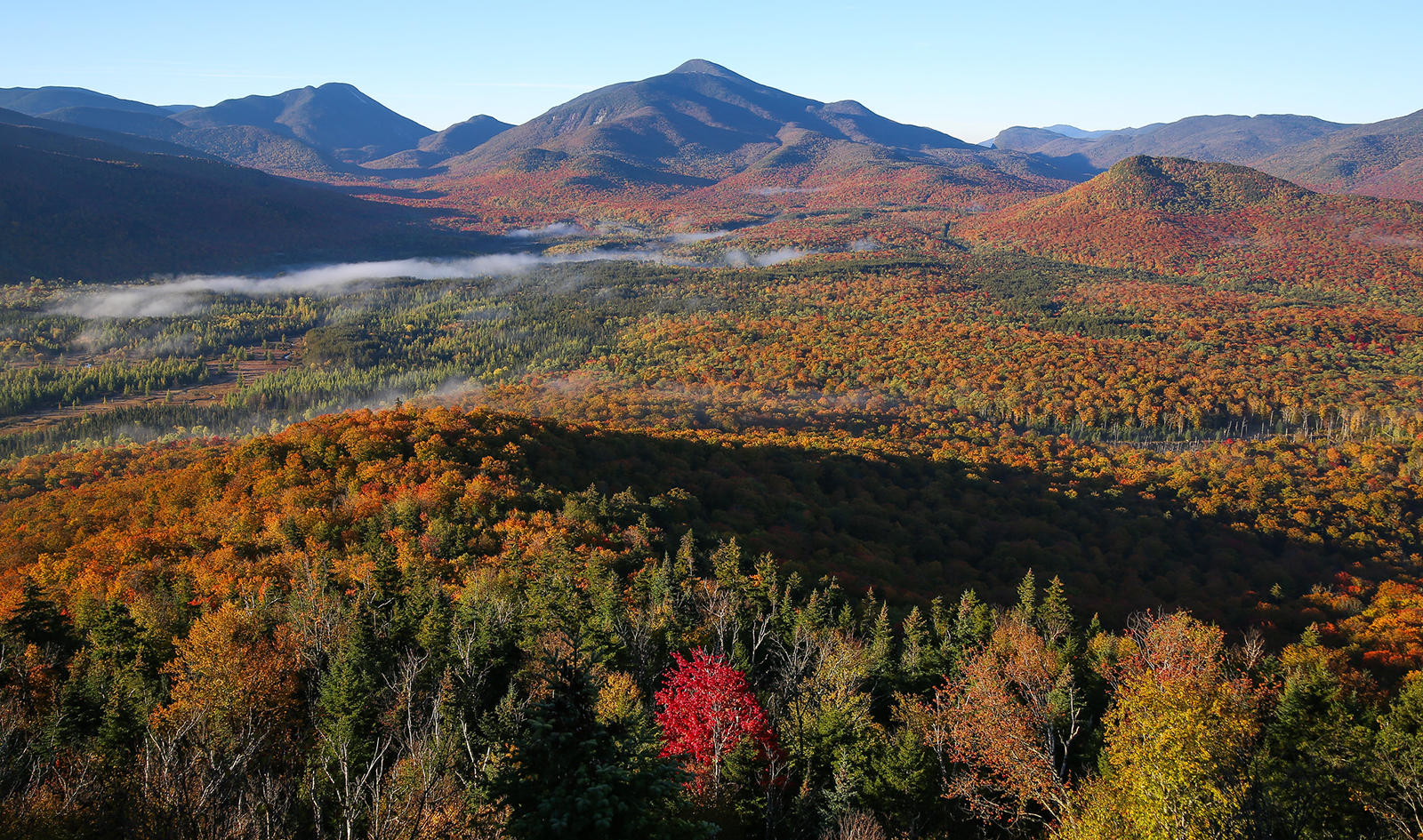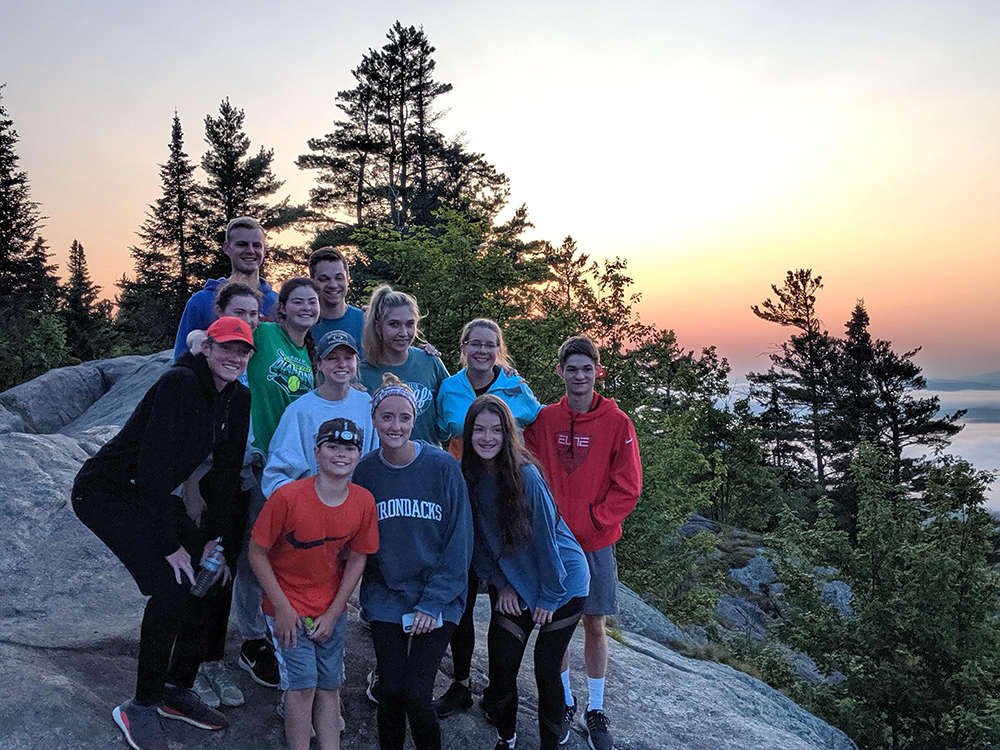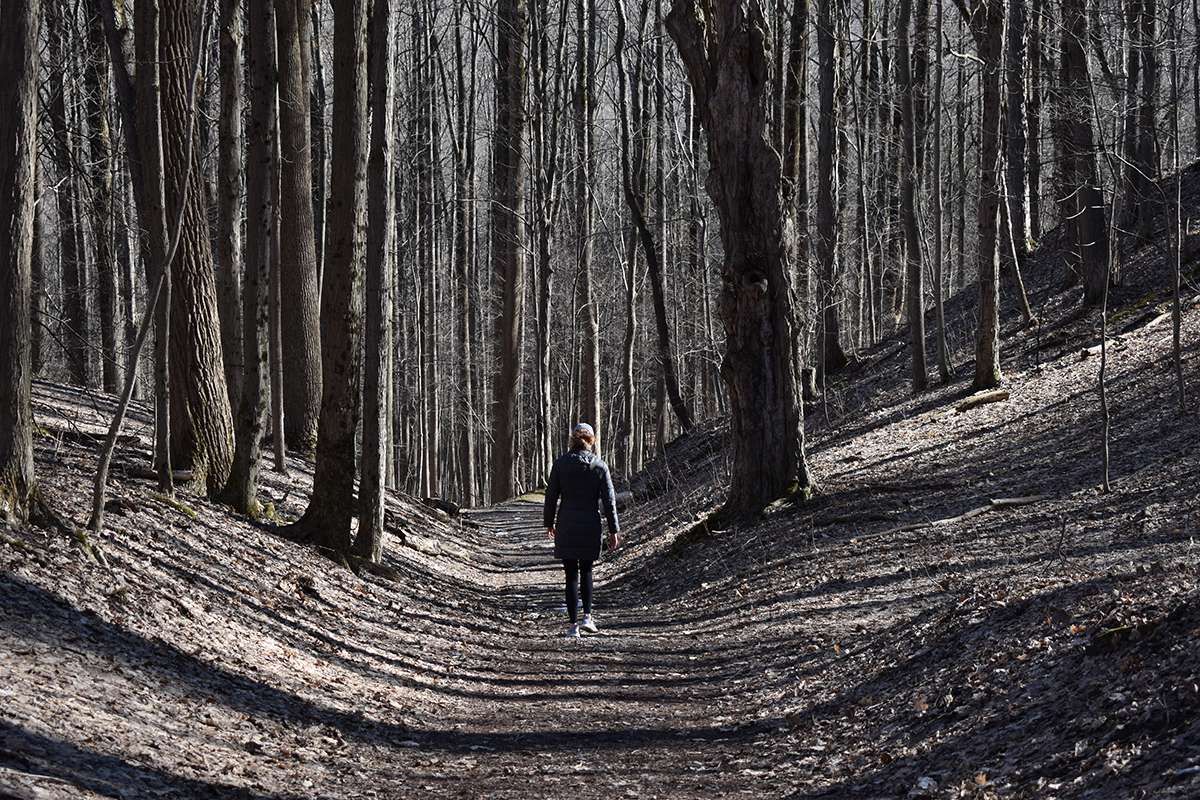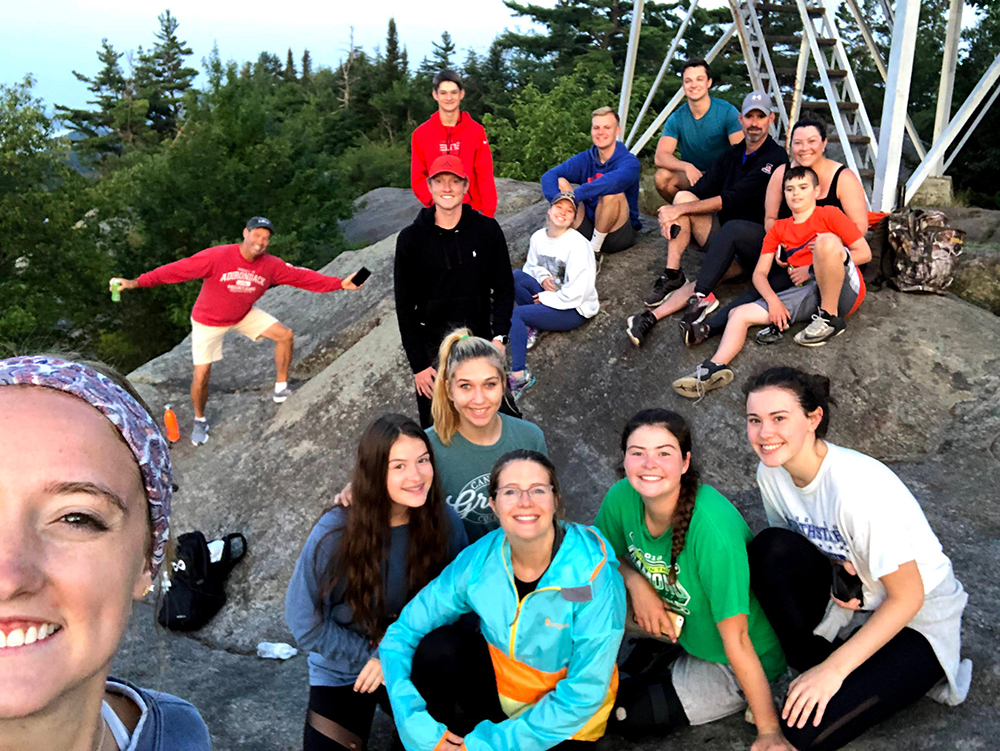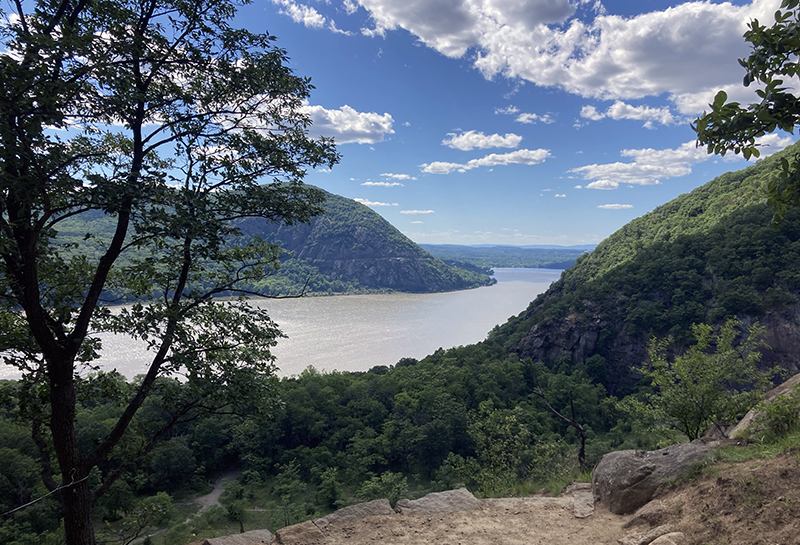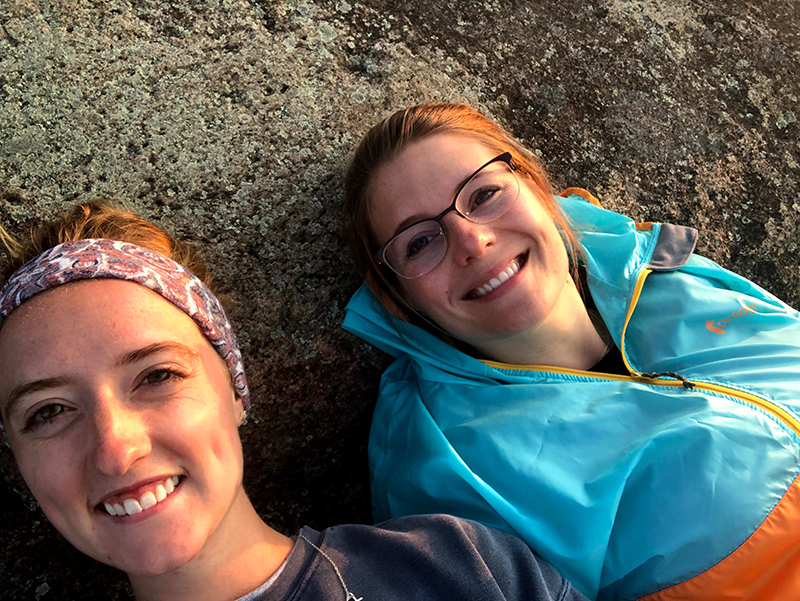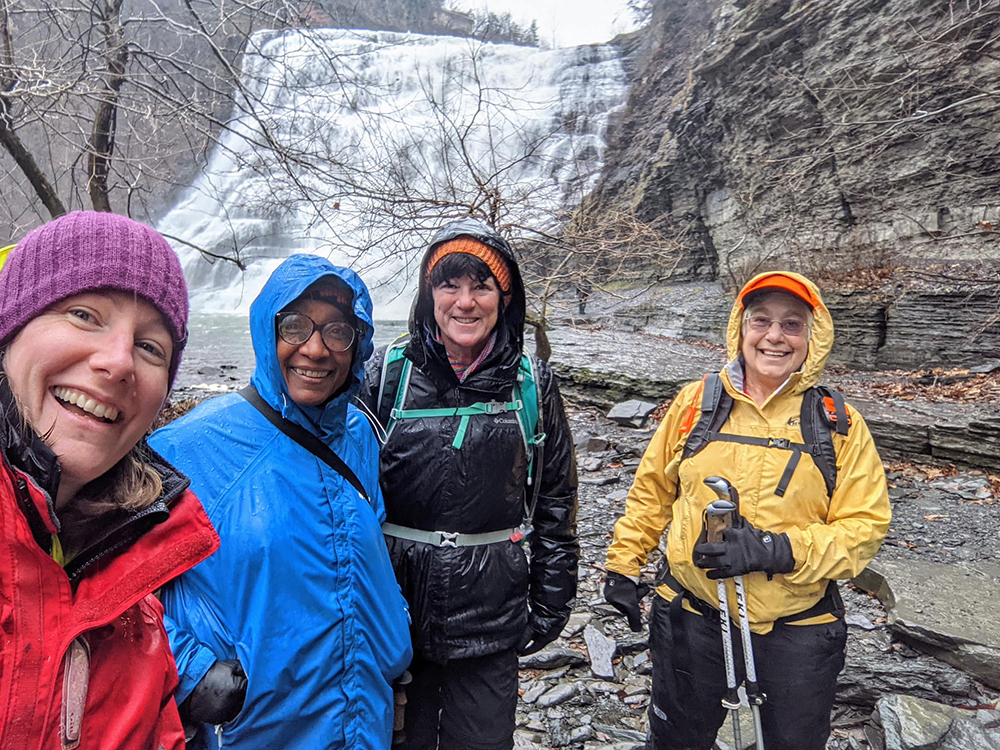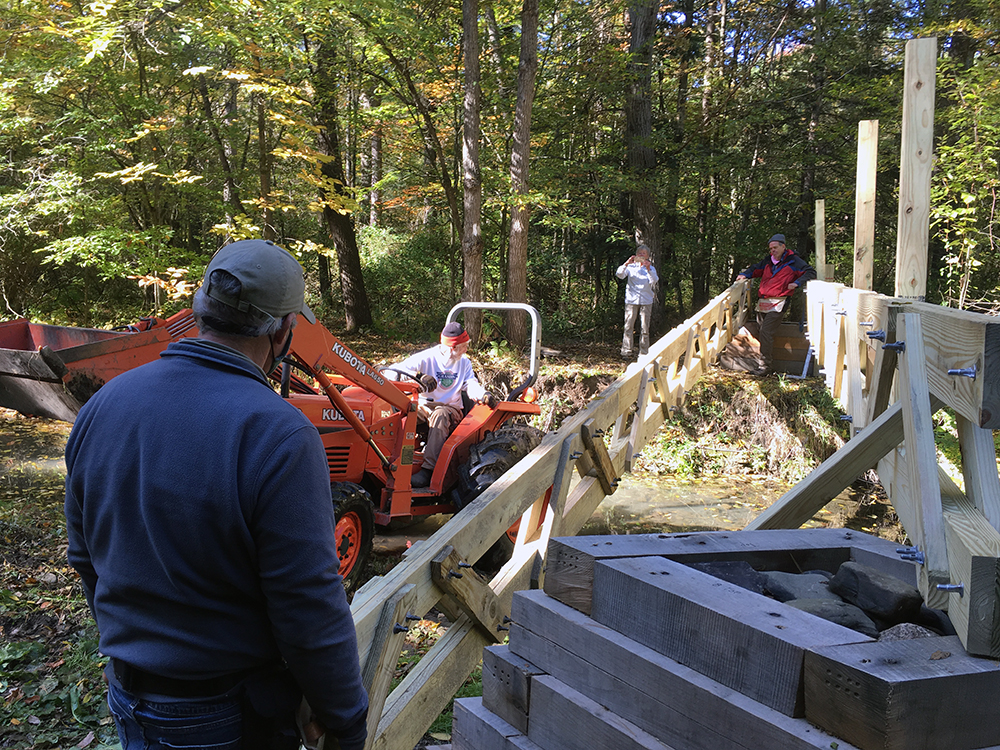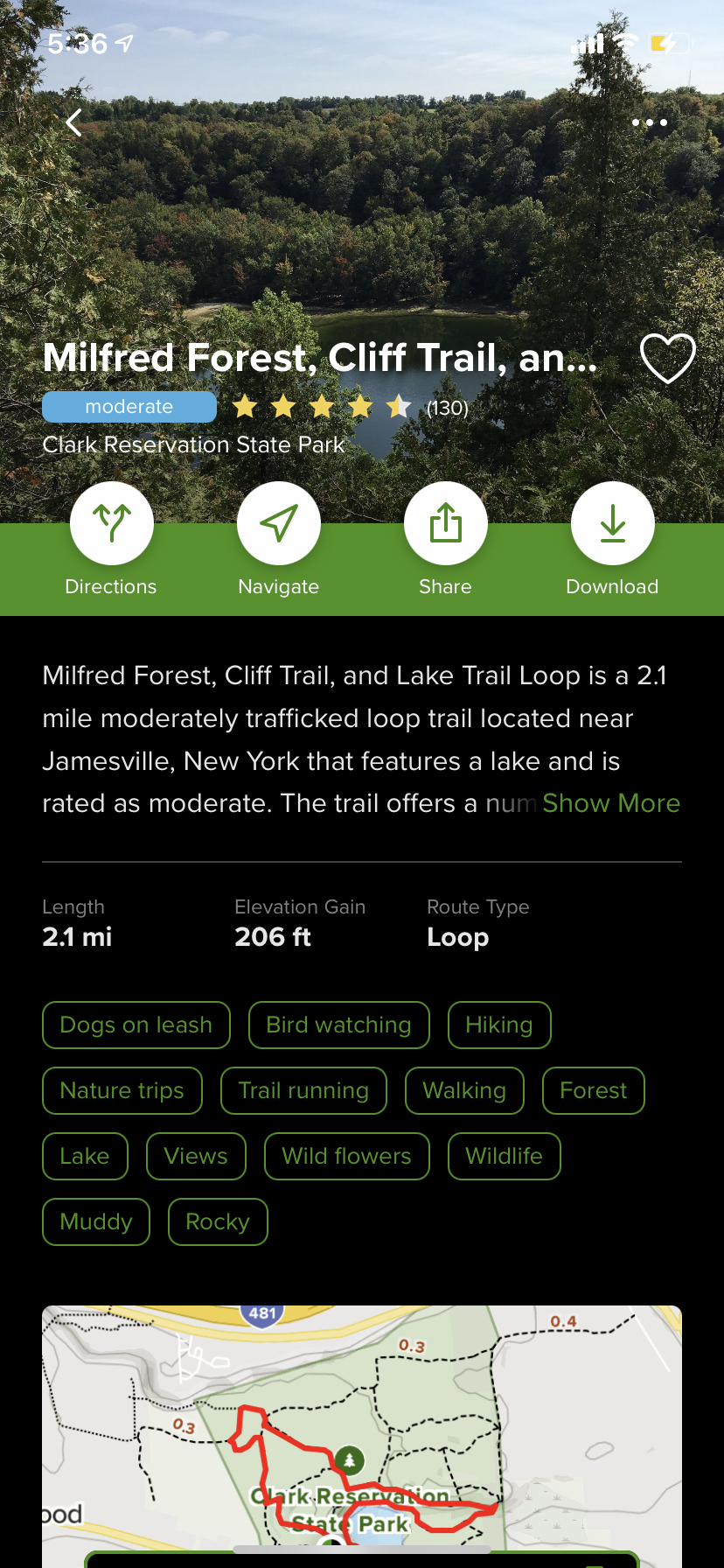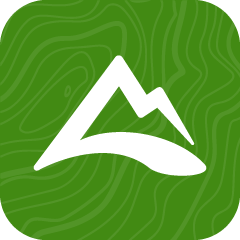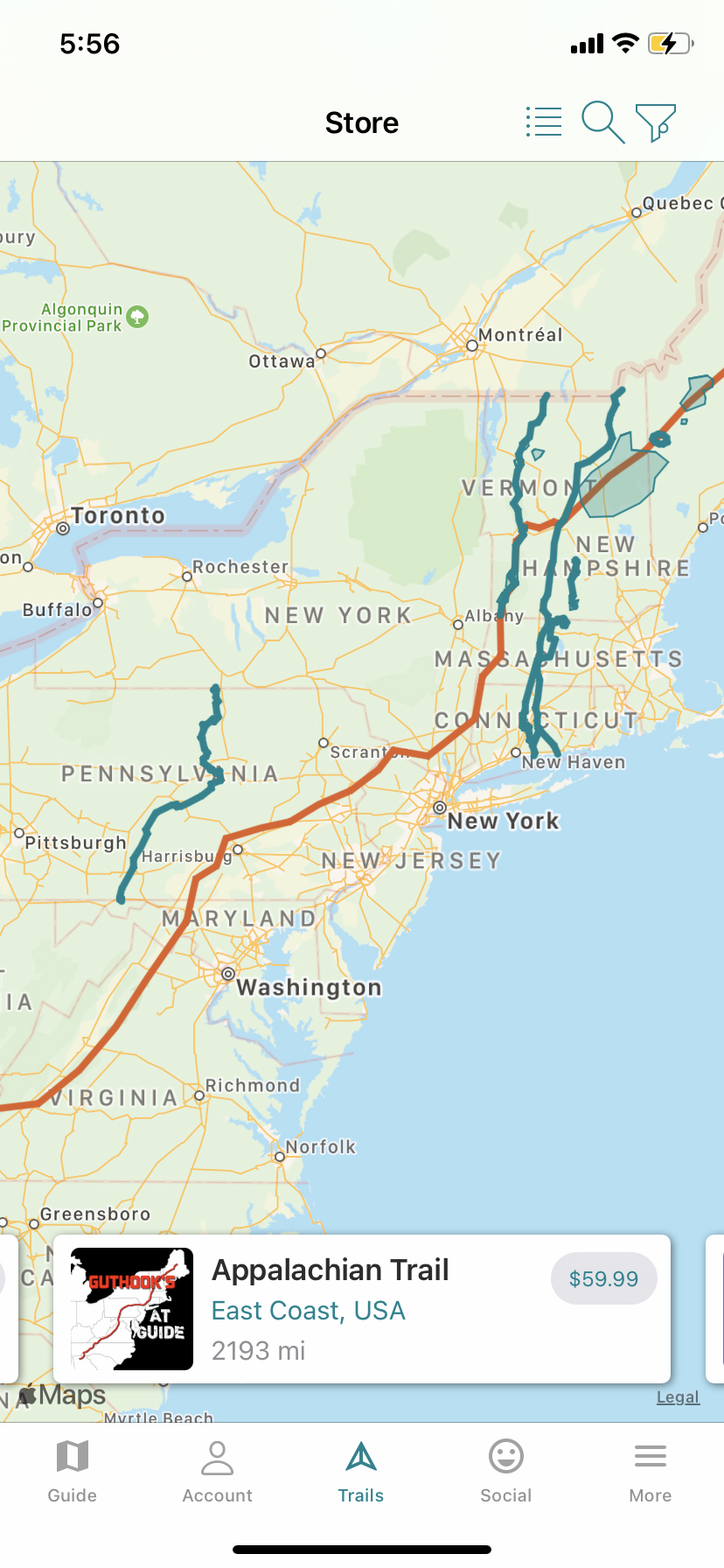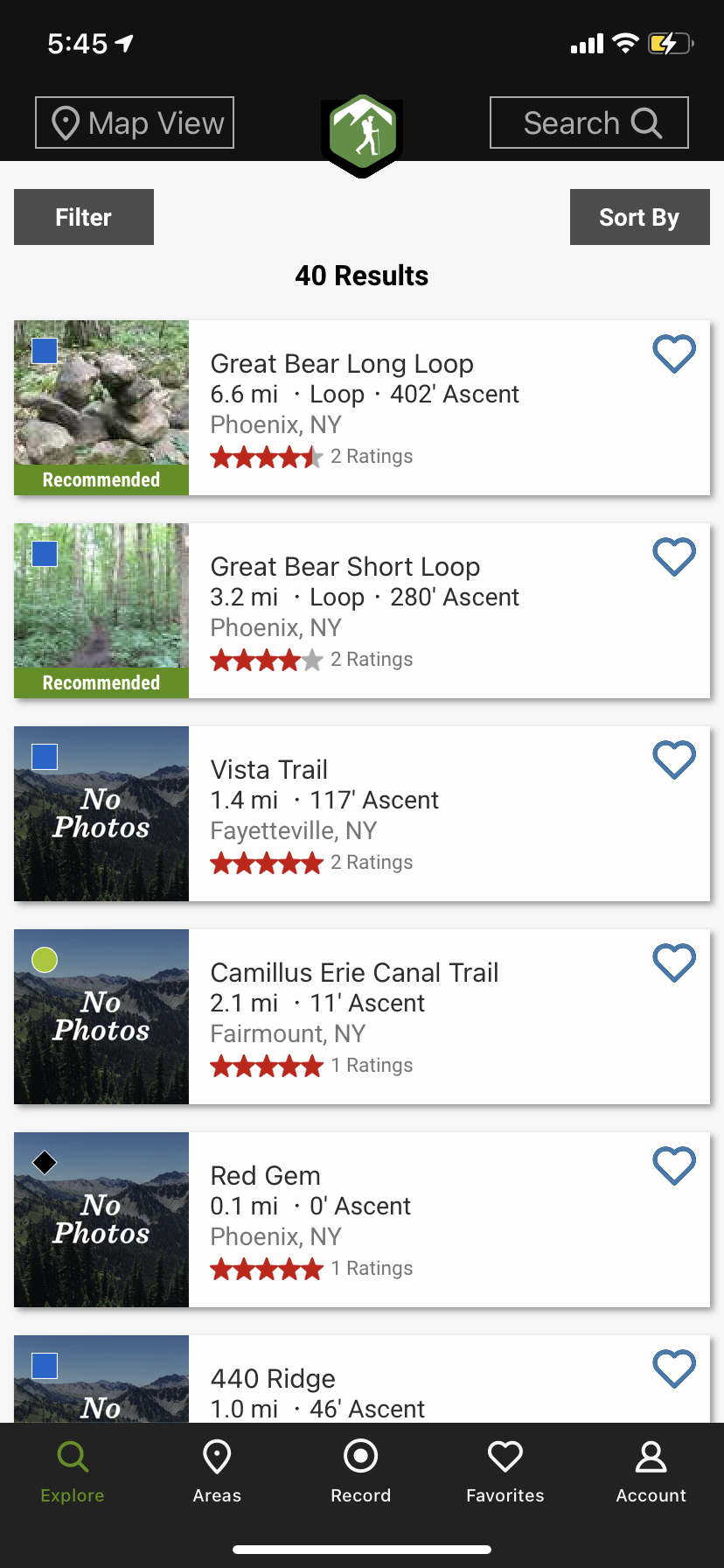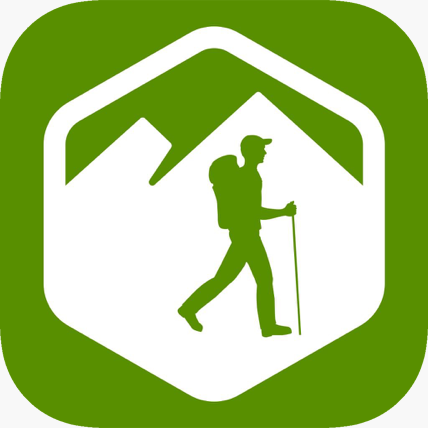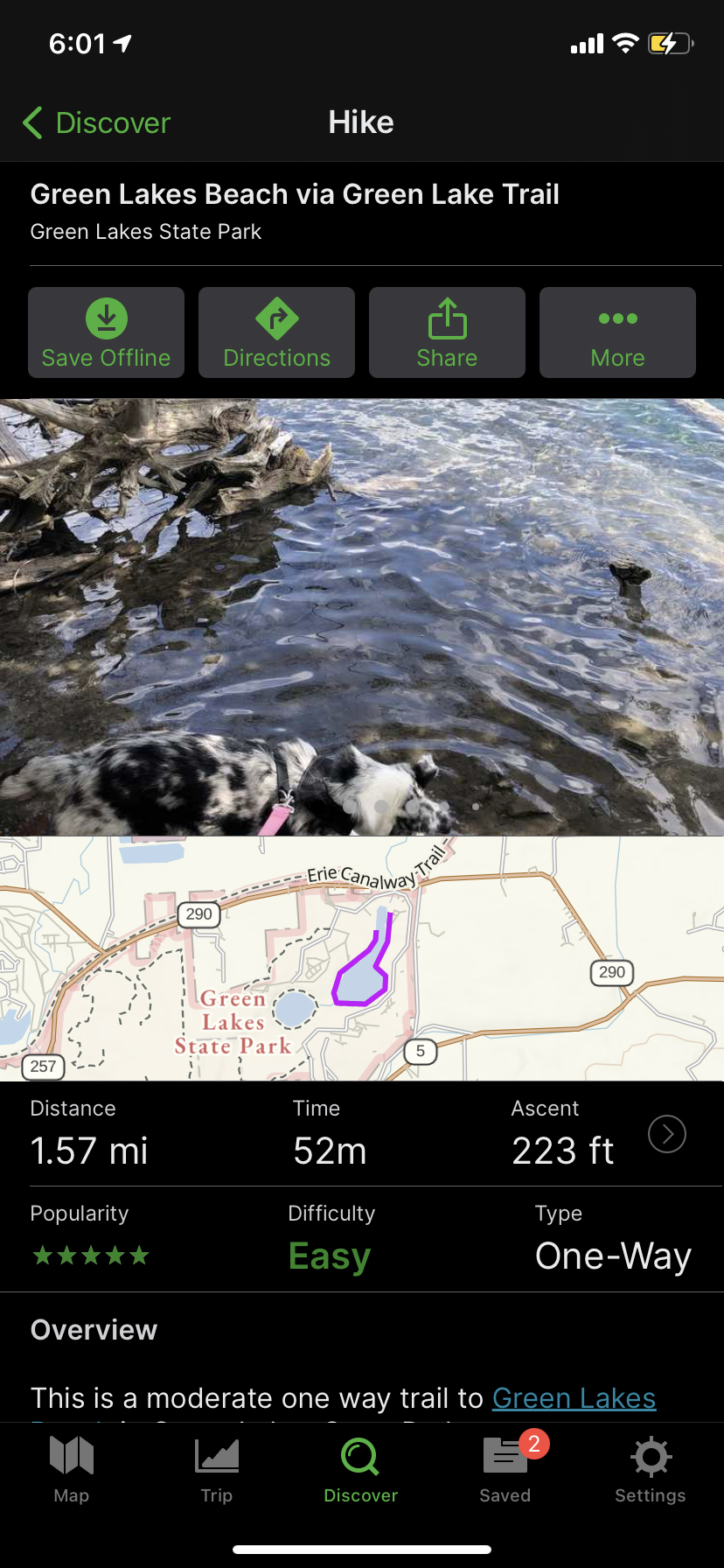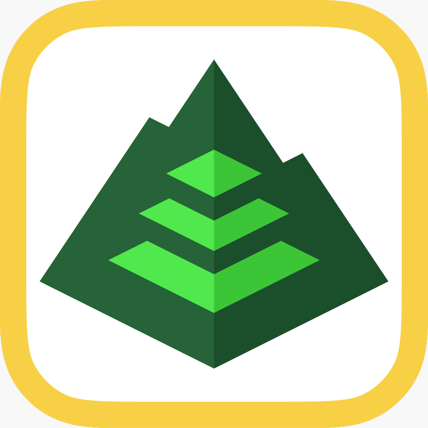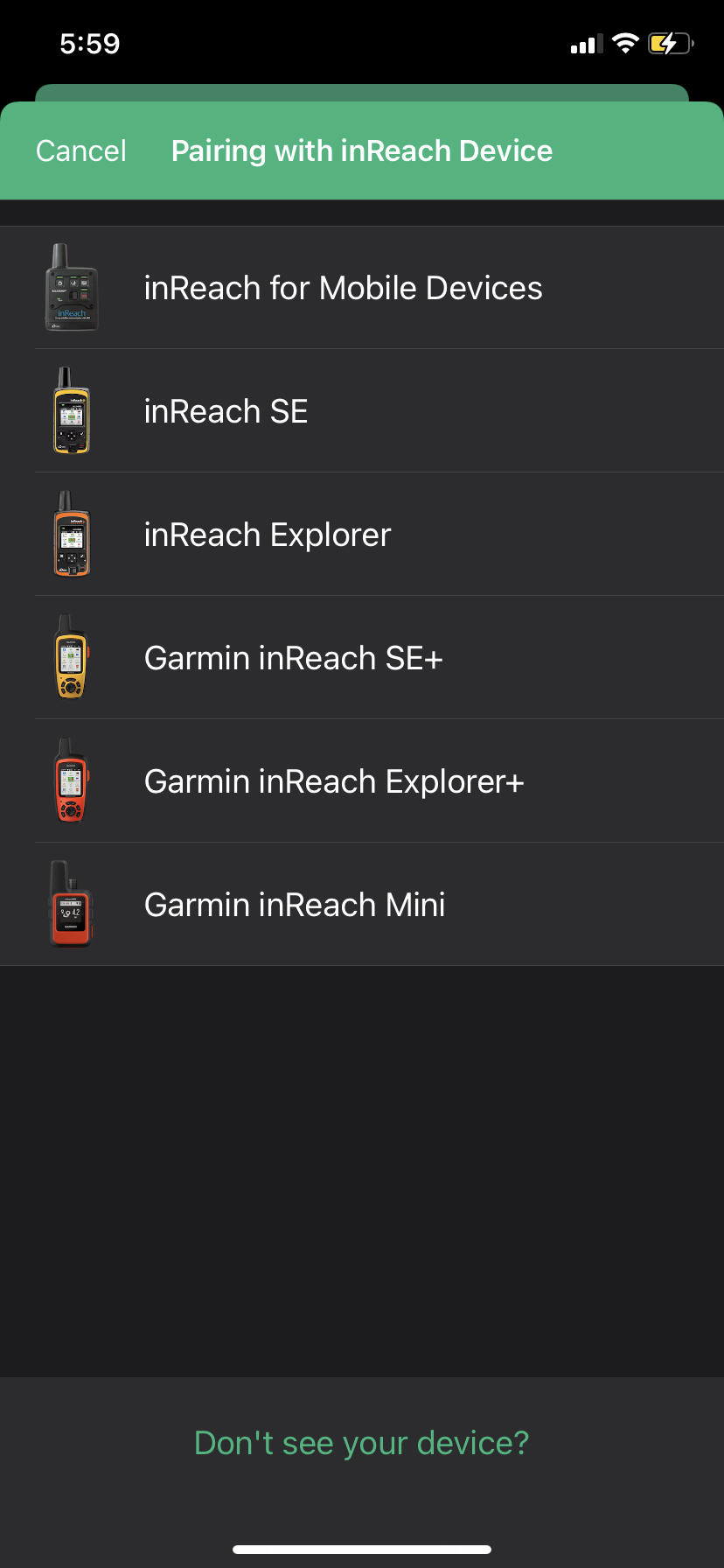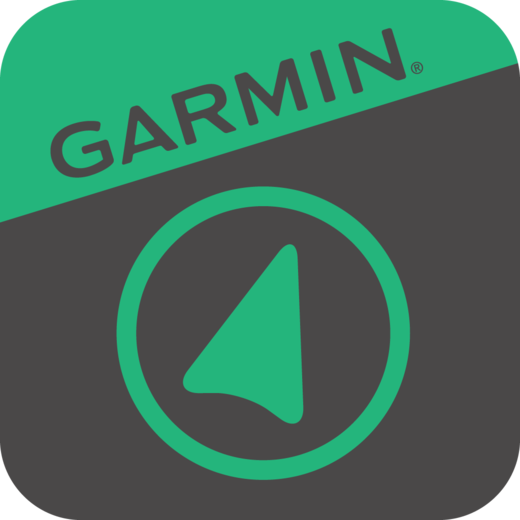It all started as a way to make outdoorsy friends. About 20 years ago, Gary Mallow joined the Cayuga Trails Club, and now, he counts all of his friends among the 200 member hiking club based in Ithaca, New York. “My circle of friends has changed. My circle of friends now are all hikers, really, my life has changed as a result of being involved with the group,” Mallow says. “My connections to people, my closest friends, they're all people who enjoy the outdoors the way I do.”
The Cayuga Trails Club began in 1962, and according to Kresita DeGeorge, the group’s publicity chair, has two main purposes — maintaining hiking trails and facilitating group hikes and activities such as non-hiking social gatherings and Zoom guest speakers. Club members maintain more than 100 miles of trails of the Finger Lakes Trail System, one that includes 560 miles of trails, starting at the Allegany State Park in Salamanca, N.Y., on the western part of the trail, and ending at the Catskill Mountains on the eastern side.
“It's a little bit like the Appalachian Trail or the Great Divide trail, you have the longer trails, it's nowhere near that long or that famous, but it's the same idea as a long-distance hiking trail,” DeGeorge says.
Since the pandemic began, all club meetings shifted to virtual gatherings, and they have held unofficial get-togethers over Zoom on Thursday evenings, DeGeorge says. The club also has invited some guest speakers to those meetings and conversations to discuss access to the outdoors.
But the pandemic also forced the group to adapt to one of the most popular activities, group hikes. Health restrictions dictate that the hikes be limited to a specific number of people, require a registration online beforehand, and that everyone wear a mask. These group hikes typically include a guide who is wilderness first aid certified, DeGeorge says. At April’s executive board meeting, the group voted to change the group hike restriction from 10 to 15 people.
Mallow says that when the pandemic hit, executive board members were “gobsmacked” at first and struggled to deal with the pandemic and its impact. Mallow served as club president for five years and ended his term at the end of 2019. The club’s current president is Polley McClure.
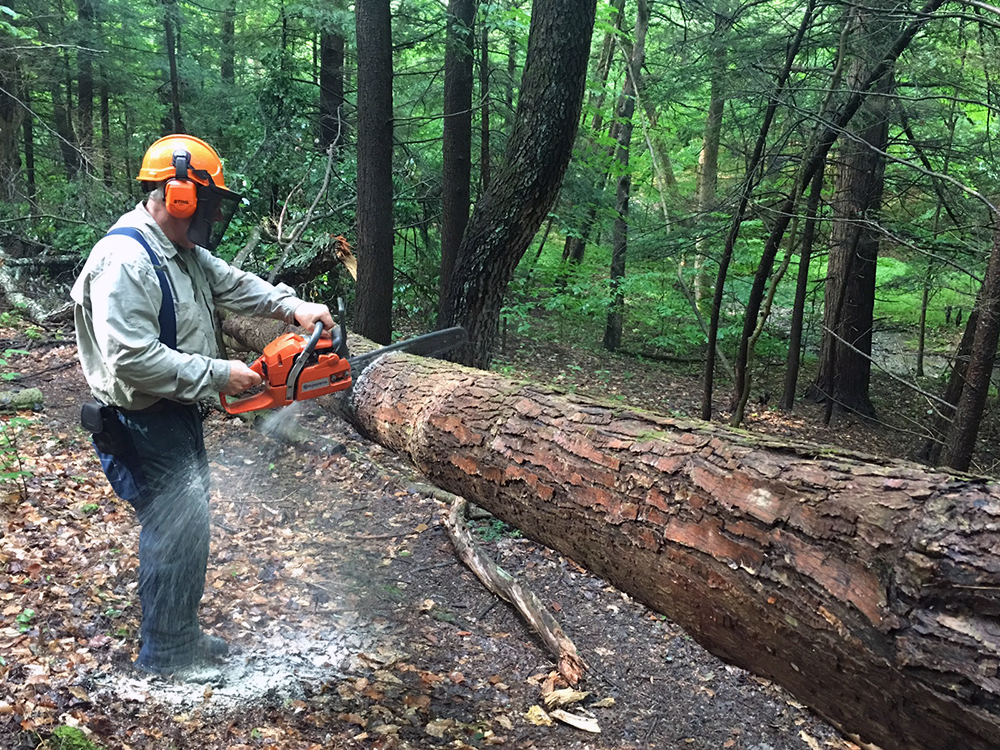
Trail maintenance can mean cleaning up trash and debris, but sometimes club members have to remove fallen trees from hiking paths. This means using a chainsaw, which requires a certification to operate. Photo courtesy of Gary Mallow.
“Credit to our president. I asked her if she would take on the job to replace me. I think if either one of us knew what she was going to have to go through last year, I wouldn't have asked her and she wouldn't have accepted,” Mallow says.
The club took a brief hiatus from all in-person activity at the start of the pandemic, but is now able to do its other main activity, which is trail maintenance. That work includes cleaning them up, ensuring there’s no debris, and, in some situations, removing a fallen tree that could re-route a whole section of a trail, DeGeorge says.
David Priester, the vice president and trails chair, says he is the person who people go to when they have a problem maintaining the trail. Usually, that means the problem requires something “bigger than they can manage with a handsaw.” When called, Priester then decides what resources and people are needed to help. The club has four to five certified chainsaw operators, and many club members have a wilderness-first-aid certification, the cost of which the club typically covers.
One of the biggest parts of maintaining a trail is that it requires members to maintain relationships with a variety of stakeholders, DeGeorge says. These stakeholders can be state and county officials, people who work for the Finger Lakes Land Trust, and faculty at Cornell University (due to the fact that the trail runs through part of campus).
Priester said that while maintaining trails can be time consuming and difficult, it can also be very rewarding. “When I'm out doing some trail work, and I run across hikers, they're so appreciative of the amount of work they realize that goes into keeping those trails passable,” he says. “Because if you don't keep after a trail, the woods will take it back and will obliterate it very, very quickly.”
Preserving the land is also very important to Mallow. About half of the FLT is privately owned, which puts the land at risk. He says that at any moment a landowner can take a section of the land and knock it down to create building lots. “We got a lot of natural areas to take advantage of here, but it's threatened, it's always under threat, because private property belongs to the people who pay the taxes and own it,” he says. “They pretty much get to say what happens to it.”
Preserving land remains important to club members, but they also are devoting more time to exploring the critical question of who has access to the outdoors and to trails. DeGeorge cites an initiative started by individuals at Cornell University titled “TCAT to Trails,” which seeks to improve access to nature for users of Tompkins County Area Transportation, or TCAT.
